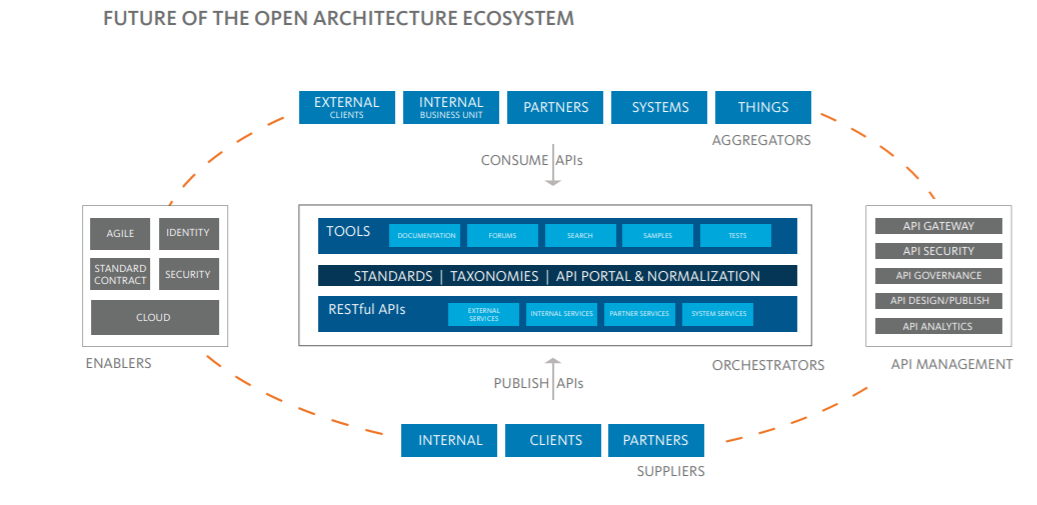As the financial services industry confronts the new realities of a post-pandemic era, many firms are beginning to shift toward mutualization models for their technology and operations, according to a new whitepaper released by Broadridge Financial Solutions.
Mutualization is described as a model that gains access to new technologies, scalability, and resiliency while saving time, money, and risk by sharing in the benefits of an industry solution provided by a reliable, trusted, and independent third party.
A recent example of mutualization is Swift’s Know Your Customer (KYC) protocol designed to help banks meet compliance challenges. Swift is a financial messaging service provider. The platform was created in response to laws passed in 2012 to protect the financial system from fraud, corruption and money laundering. KYC regulations are complex, vary by geography, and rely on the sharing of information between banks.
Compliance with KYC regulations becomes more timecconsuming and costly in proportion to the number of standards and protocols that exist. For example, large financial institutions have reported spending more than $100 million per year on KYC compliance. The risk related to compliance failures is also potentially costly: several notable fines of more than $200 million have been levied for failure to comply with KYC regulations. To overcome the problem of numerous standards and protocols, Swift created a mutualized platform with standardized data collection that allows information to be easily shared between financial firms and regulators.
“Implementation of a mutualized model allows firms to increase operational productivity, resiliency and efficiency that are the hallmarks of a modern, modular approach to service delivery,” said Michael Tae, chief transformation officer at Broadridge, in a statement. “We developed this report after many conversations with clients who shared their interest in mutualization but felt uncertain about where to begin updating their technology functions. This whitepaper serves as both a useful guide to those interested in expansion and an informational tool to firms that are just beginning their technology journey.”

Highlights from the paper include:
- The four forces driving mutualization: margin and cost pressures, regulatory change, digitization and infrastructure shocks
- The long-term benefits of mutualization: cost savings, regulatory compliance, operational productivity, and resiliency and innovation at scale
- The elements needed to establish a new model of mutualized service delivery
- The key questions every financial services executive should ask as they embark on the path towards mutualized service delivery

